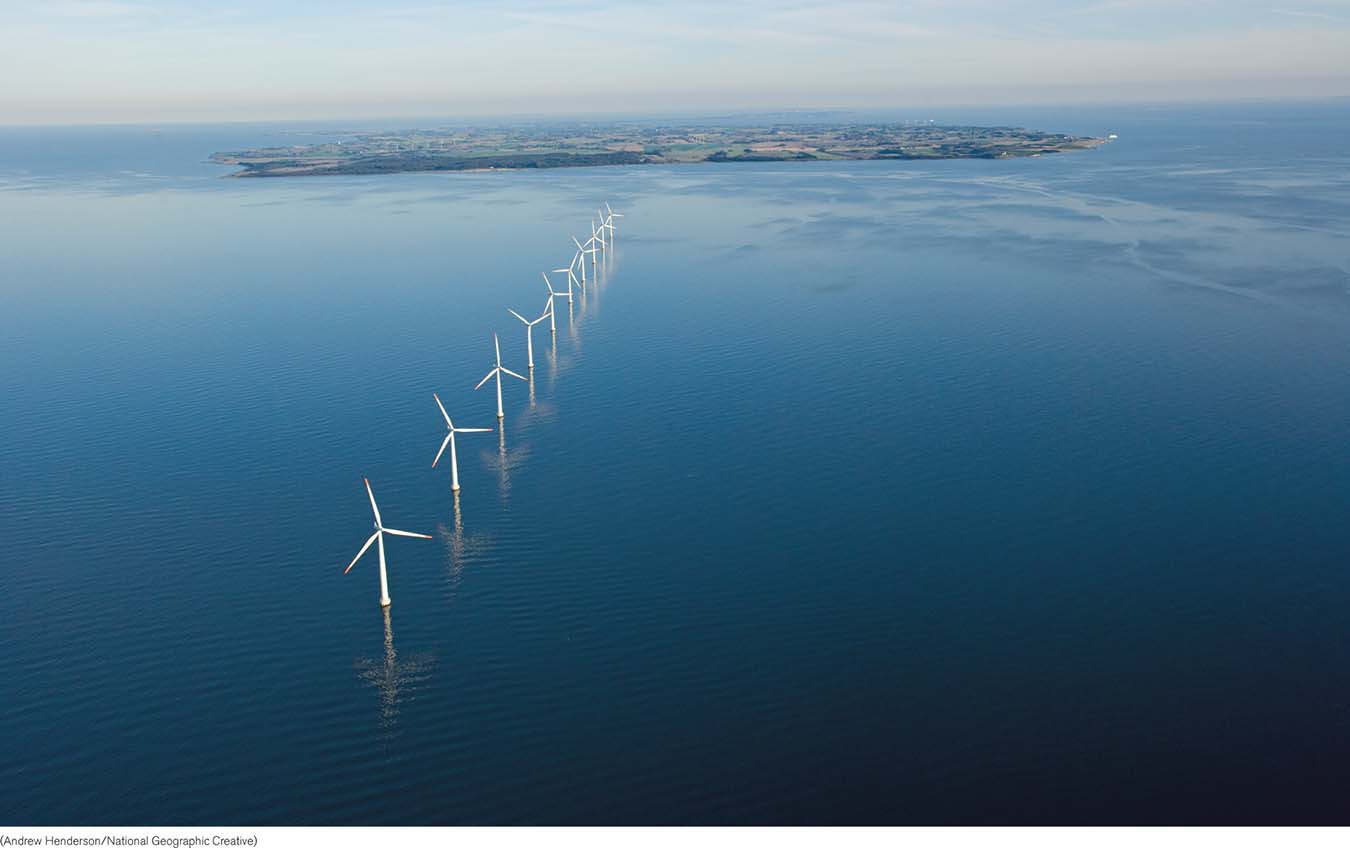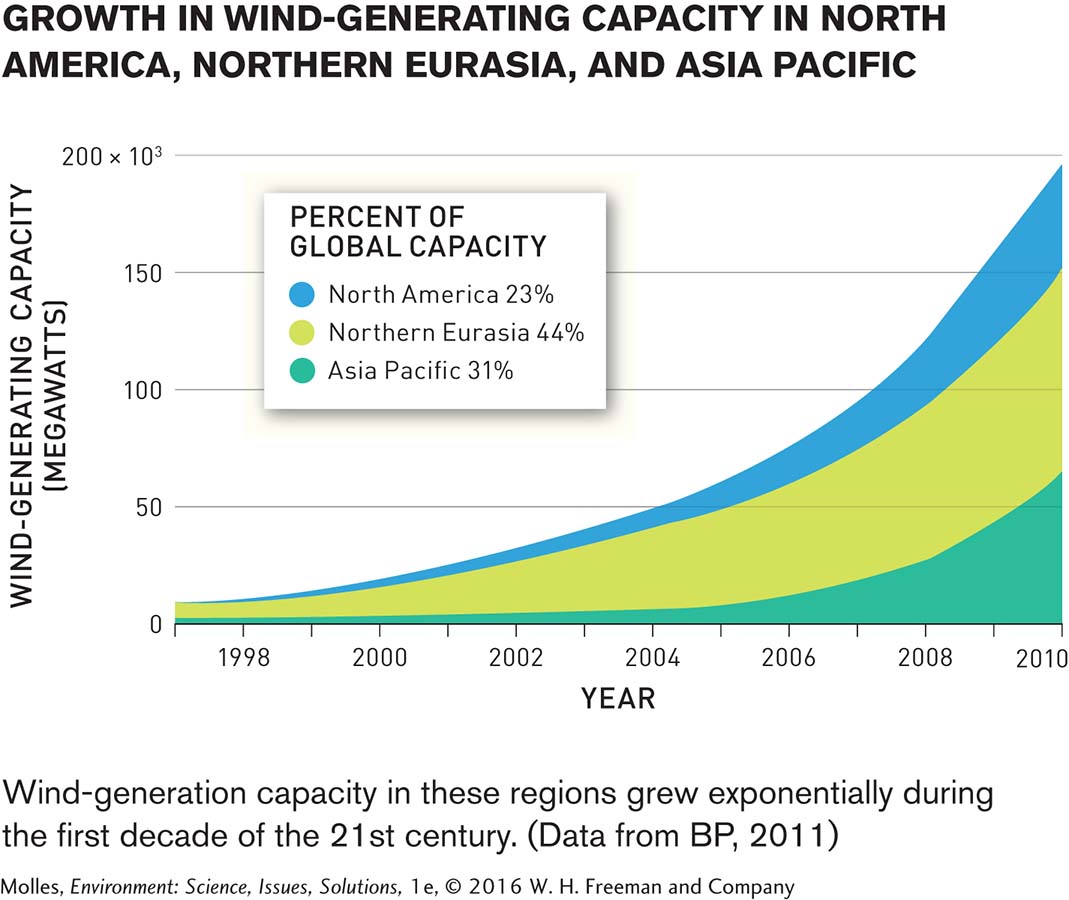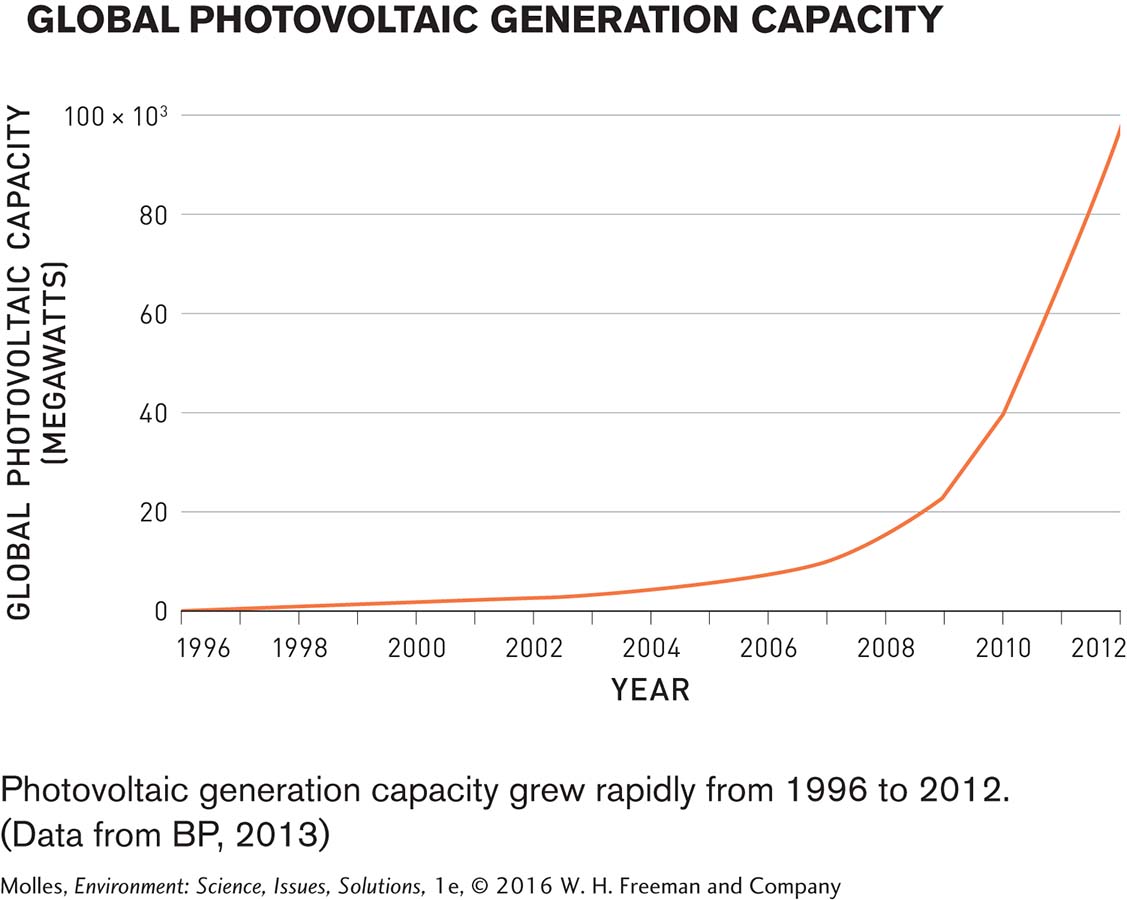Chapter Introduction
CHAPTER 10
Renewable Energy

Central Question: Can we develop renewable energy resources to help sustain a thriving economy without adversely affecting the environment?
 SCIENCE
SCIENCE
Describe the renewable sources and technologies of solar, wind, hydroelectric, hydrokinetic, and geothermal energy.
 ISSUES
ISSUES
Identify the environmental and human impacts of renewable energy.
 SOLUTIONS
SOLUTIONS
Investigate potential strategies to maximize the sustainability of renewable energy.
Energy Independence
A small island in Denmark is leading the way with renewable energy.


The island of Samsø is a two-
“I’d put my money on the sun and solar energy. What a source of power! I hope we don’t have to wait until oil and coal run out before we tackle that.”
Thomas A. Edison, 1931, in Uncommon Friends (1987)
By charting their own course and developing a diverse array of renewable energy sources, Samsingers—
Even though the adoption of renewable energy supplies represents a step in the right direction, it comes with its own issues. Solar panels require the extraction of mineral resources and can take up a large footprint on land. Many consider wind turbines an eyesore that creates noise pollution; wind turbines also pose a threat to migrating birds and flying bats. And dams require the flooding of river valleys. The challenge of ensuring that the transition from nonrenewable energy to renewable energy is done sustainably lies at the heart of the Central Question of this chapter.
Because of the size of the human population and the great amounts of energy needed to sustain our economies, we have to consider that the large-
Central Question
Can we develop renewable energy resources to help sustain a thriving economy without adversely affecting the environment?